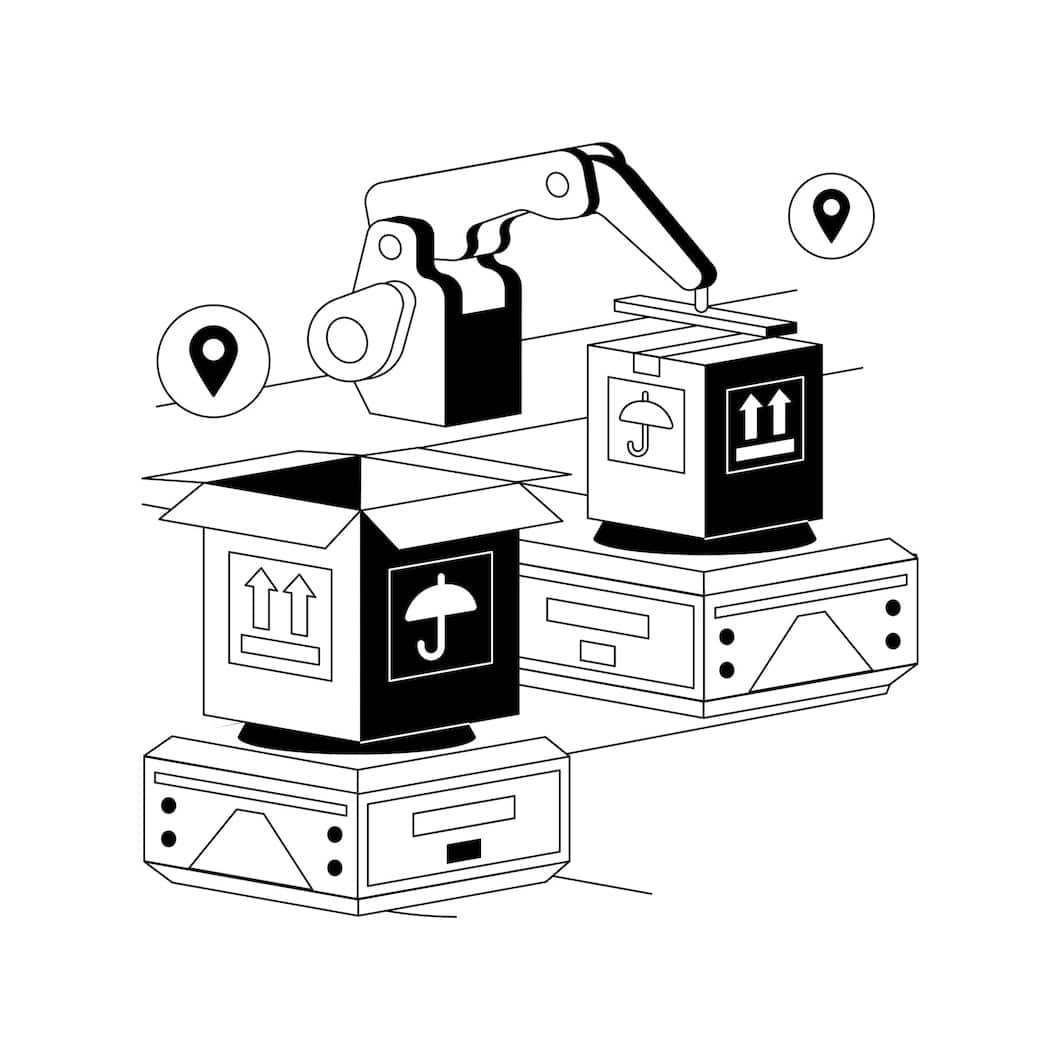
Introduction: Fully automated warehouse
Fully automated warehouse is not a future fictional possibility. It is already here and sucking out jobs from the warehousing industry. This disruption would mean a few jobs for the highly skilled workers.
Also Read: Inside Amazon’s Smart Warehouse.
Let’s look at how a fully automated warehouse functions, this will give us an idea about whats in store for our future.
Source: YouTube
A 40,000-square-meter facility like JD.com’s would usually employ 400 to 500 human workers, but thanks to its many automated system, that number is cut down to just 5. And those employees don’t even do any warehouse work — they’re just on site to service the machines.
Human workers cut down from 500 to 5!
The Shanghai based fully automated warehouse wasn’t always like this. It underwent an automation makeover at the hands of Tokyo-based start-up Mujin in 2017. The company builds controllers and camera systems that it can then pair with existing robot arms to increase their autonomy and intelligence.
Also Watch: Will a robot take my job? | The Age of A.I. | S1 | E6.
At JD.com’s automated warehouse, the results of this integration are robot arms that can pick, transfer, and pack packages, while other robots zip around the warehouse floor, transporting packages to loading docks and trucks.
They are already working on further improvements to the warehouse and once this is achieved it could drastically improve the efficiency while keeping the warehouse lean.



